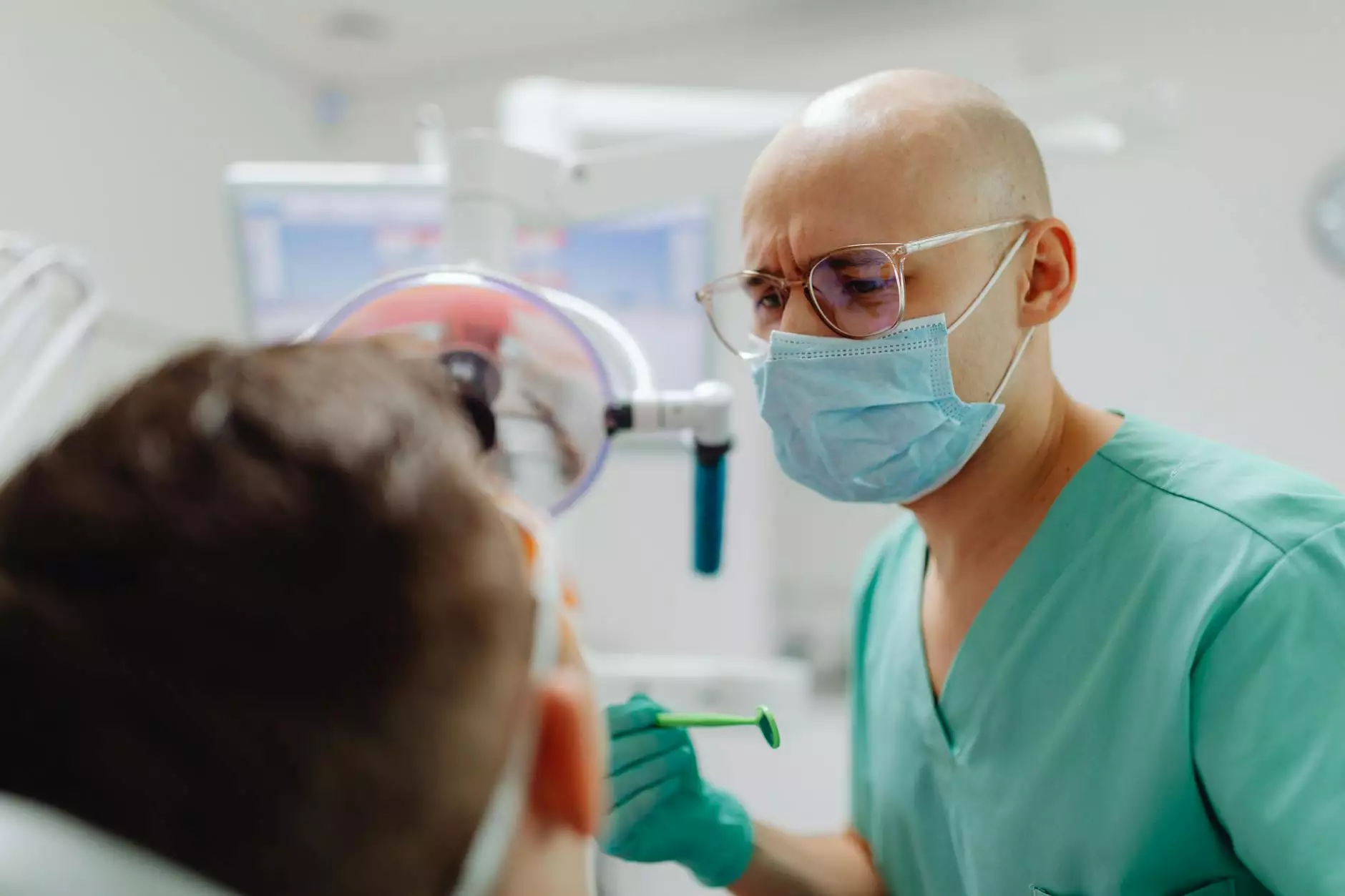Surgical Removal of Fibroids: Everything You Need to Know
Uterine fibroids are non-cancerous growths that can develop in the uterus, causing a variety of symptoms, including heavy menstrual bleeding, pelvic pain, and pressure on the bladder. For many women, the surgical removal of fibroids becomes a necessary course of action when these symptoms interfere with daily life. In this comprehensive article, we will delve into the details of surgical fibroid removal, exploring its significance, methods, recovery, and more.
What are Fibroids?
Fibroids, also known as leiomyomas or myomas, are muscular tumors that can grow in or on the uterus. They vary in size from very small, undetectable nodules to large masses that can distort the shape of the uterus. Most fibroids develop during a woman's childbearing years and can be influenced by hormone levels, particularly estrogen. Although many women with fibroids experience no symptoms, those who do may suffer from:
- Heavy menstrual bleeding or prolonged periods
- Pelvic pain or pressure
- Frequent urination due to pressure on the bladder
- Lower back pain
- Difficulty emptying the bladder
Why Consider Surgical Removal of Fibroids?
When fibroids lead to severe symptoms or complications, surgical removal of fibroids may be considered. This procedure is often recommended for women who wish to preserve their uterus and have the option of various surgical techniques depending on the size, location, and number of fibroids. Here are some key reasons for considering surgery:
- Relief from Symptoms: Removing fibroids can alleviate debilitating symptoms, thus enhancing the quality of life.
- Fertility Restoration: Surgery can improve the chances of conception for women experiencing infertility due to fibroids.
- Preventing Complications: Large fibroids can lead to complications such as anemia due to heavy bleeding or pressure on surrounding organs.
Types of Surgical Procedures for Fibroid Removal
There are various surgical procedures to remove fibroids, and the choice of procedure often depends on the fibroid's characteristics as well as the patient’s personal health and reproductive desires. The most common procedures include:
1. Myomectomy
A myomectomy is the surgical procedure specifically designed to remove fibroids while preserving the uterus. There are three main types of myomectomy:
- Hysteroscopic Myomectomy: Performed through the vagina and cervix using a hysteroscope, this method is suitable for fibroids located inside the uterine cavity.
- Laparoscopic Myomectomy: Involves tiny incisions in the abdomen, allowing a surgeon to remove fibroids with the aid of laparoscopic instruments. This minimally invasive technique is associated with less pain and quicker recovery.
- Abdominal Myomectomy: This approach is necessary for larger fibroids that cannot be removed through less invasive methods. It involves a larger incision in the abdomen.
2. Hysterectomy
A hysterectomy involves the complete removal of the uterus and is considered when fibroids are large or numerous, and other treatments have failed. This procedure is definitive and eliminates the possibility of future fibroids but also ends the ability to conceive.
3. Uterine Artery Embolization (UAE)
Uterine artery embolization is a non-surgical procedure that cuts off the blood supply to fibroids, causing them to shrink. While it is not a surgical removal, it is an important nonsurgical option worth considering, especially for women who wish to avoid surgery.
Preparing for Surgery
Preparing for the surgical removal of fibroids involves several steps aimed at ensuring the patient's health and readiness for the procedure:
- Pre-operative Testing: This may include blood tests, imaging studies (like ultrasounds or MRIs), and consultations to evaluate overall health.
- Discussing Medications: Patients should inform their healthcare providers about all medications and supplements they are taking, as some may need to be paused before surgery.
- Setting Up Recovery Support: Patients may require help post-surgery for daily activities, especially when the procedure is extensive.
What to Expect During the Procedure
The duration and nature of the surgical procedure will vary based on the method used. Generally, surgical removal of fibroids is performed under general anesthesia:
- Duration: Procedures can last from about 30 minutes to 3 hours.
- Hospital Stay: Depending on the type and extent of the surgery, a patient might go home the same day or stay in the hospital for several days.
- Post-Operative Care: Patients are monitored for any immediate complications, and pain management strategies will be discussed.
Recovery After Surgical Removal of Fibroids
Recovery time after surgery varies according to the type of procedure performed:
- Myomectomy Recovery: Expect about 6 to 8 weeks for full recovery, with light activities resumed after a week or two.
- Hysterectomy Recovery: Recovery can take longer, typically around 6 to 12 weeks, depending on the surgical technique used.
- Post-Operative Symptoms: It's normal to experience fatigue, cramping, and discharge in the days following surgery.
Gradual reintroduction of daily activities and any specific restrictions will be discussed during follow-up appointments.
Potential Risks and Complications
As with any surgical procedure, the surgical removal of fibroids carries potential risks, including:
- Infection: Post-surgical infections can occur at the incision sites.
- Bleeding: There may be significant bleeding during or after the surgery.
- Scarring: Scar tissue can form internally, potentially leading to complications.
- Reoccurrence: While the surgery removes existing fibroids, new ones can develop in some patients.
Long-term Outlook After Surgery
Most women experience significant relief from symptoms after surgical removal of fibroids. It is essential to have regular follow-up appointments to monitor uterine health and address any new concerns.
Women who undergo myomectomy and wish to conceive should discuss their family planning options and ongoing fertility needs with their healthcare provider. Hysterectomy, while offering complete relief, means that a woman will no longer be able to bear children.
Conclusion
Understanding the surgical removal of fibroids is crucial for any woman suffering from fibroid-related symptoms. Being informed about available procedures, the preparation required, and the recovery process can empower women to make better decisions regarding their health. Always consult with a qualified healthcare professional, such as those at drseckin.com, to evaluate the best course of treatment based on individual circumstances.
While fibroids can pose challenges, modern surgical techniques provide effective relief, allowing women to reclaim their health and quality of life.





